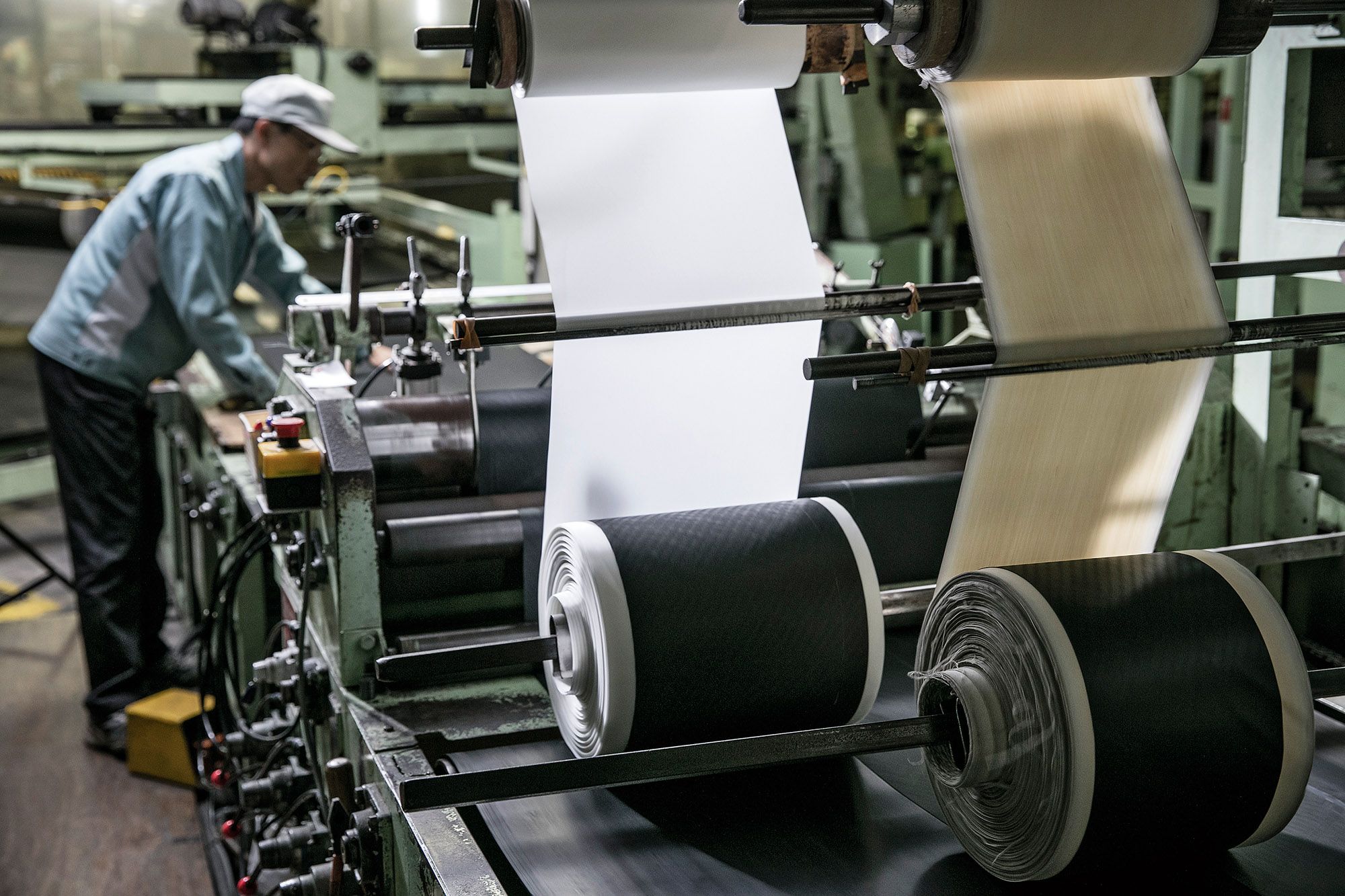While vacationing in Seattle a few years ago, I picked up a copy of Bicycle Quarterly – a journal that I was aware of from my time in the bike industry, but had only encountered in passing. Inside, I came face to face with the world of Jan Heine, BQ’s Editor in Chief and an idiosyncratic force in the cycling world. Alongside lush full-bleed photographs and romantic paeans to his time in the saddle were the results of Jan’s experiments with bicycle drag, showing how "supple," balloon-like tires result in surprisingly competitive performance characteristics – and, if you believe him, a more fun ride.
In addition to Bicycle Quarterly, Jan runs Rene Herse Cycles, which makes cycling components (including tires with tuned mechanical qualities) that mirror Jan’s focus on tradition, comfort, and pleasure on the bike. A few weeks ago, we met for a video call to discuss the physics of modern pneumatic tires, the rise of gravel cycling, and his role in the bike industry. The following interview has been condensed and edited for clarity.
Spencer Wright: I wonder if you could start by just describing the kinds of bikes that you like to ride.
Jan Heine: I like any bike that's fun to ride – bikes that encourage me to pedal and bikes that say, “We can go faster, we can do this!” I like bikes that become part of my body, that basically disappear, just like I prefer running in a running shoe to running in a heavy clog.
SW: You started Bicycle Quarterly in 2002, meaning that you’ve now been writing about the bike industry for going on a quarter century. How have your own preferences changed over that period of time – what are you riding today that you wouldn’t have ridden then, and vice versa?
JH: Oh, they’ve changed a lot. I used to love racing bikes. I had a touring bike, but it was always slower. I even rode on gravel very early, back when I was working on my PhD in geology. But I always returned to the road because it was just much more fun! What's changed is that we've basically figured out that you can have the same fun, and the same feeling, with wide tires on gravel roads on forest paths. So basically what used to be just an experience that you had on 20 mm [wide] tires and smooth roads, is now available everywhere. And that's what we call the all-road bike revolution.
SW: This morning I was leafing through my copy of David Gordon Wilson’s Bicycling Science, and I was struck by his focus on aerodynamics. He acknowledges that reducing aerodynamic drag can be painful, and mentions that installing low-loss tires is perhaps the easiest way to reduce a bike’s drag. But because the total drag equation is dominated by aerodynamics, aerodynamics are usually listed first and kind of end up dominating his text.
JH: I remember when we started testing tires, everybody said tires don't matter, it's all aerodynamics. Yes, aerodynamics is 80% [of drag], but you have only a small margin of possible improvement once you have aerodynamic clothing. Once you're a performance-oriented rider, there isn't much you can do anymore. However, with tires, an easy 100% improvement is possible. So tires only determine 20% of performance, but you can get 100% better.

SW: Tell me a little bit more about how that works. Why should an ordinary cyclist care about supple tires?
JH: Aerodynamics are most important at high speed, so the slower you go, the more important the tires become. If your time trial is in the Tour de France and you're going 35 miles an hour [56 km/h], it's really almost all aerodynamics and the tires only matter because you're trying to shave five seconds off a one-hour time trial. For the rest of us that wouldn't matter – if you're only going 12 miles an hour [19 km/h], suddenly the aerodynamics aren't that important anymore. That's where the tires become much, much more important.
Read the full story
The rest of this post is for paid members only. Sign up now to read the full post — and all of Scope of Work’s other paid posts.
Sign up now

